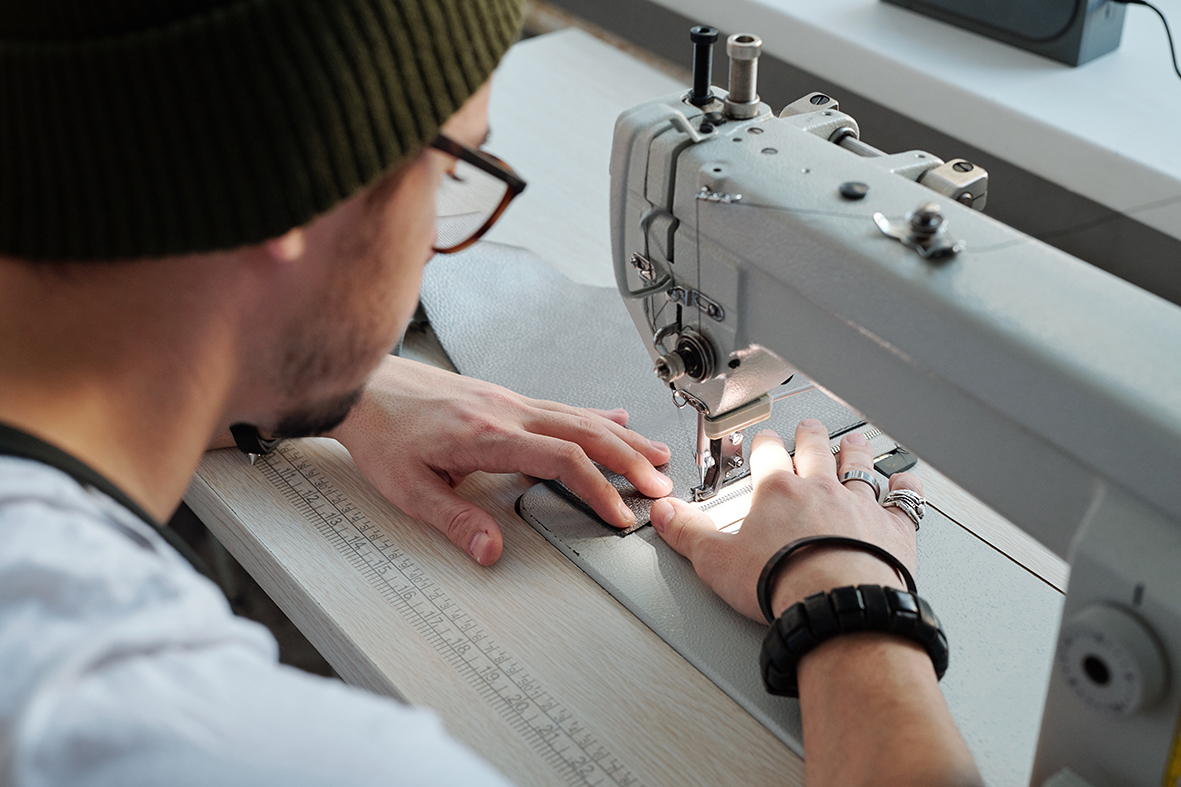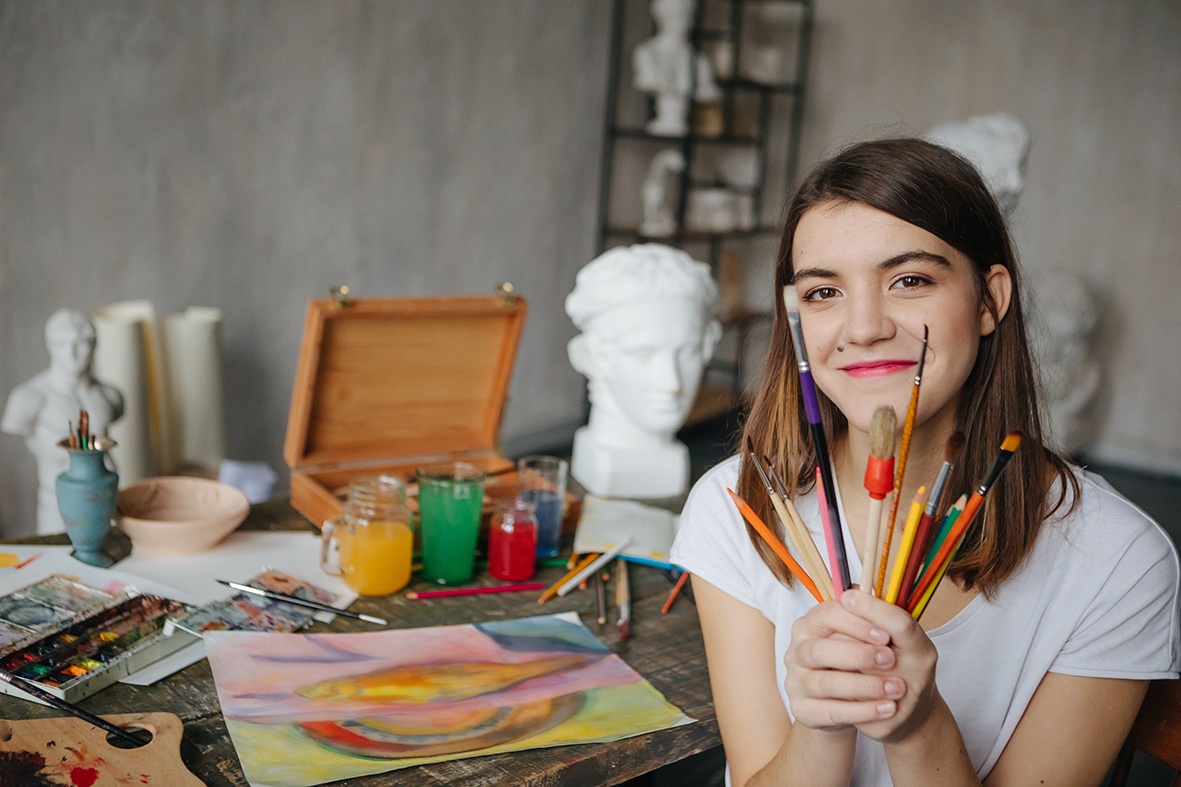In August 2020 we kicked off a 3 month pilot project. It was an experiment, or Action-Research Focused, as we like to say in education. Its aim was to explore how well we could integrate Art across the curriculum with existing resources
Our thinking was that although Art can be taught separately in a very set curriculum there are real advantages to teaching in a more exploratory trans disciplinary way where students can experiment and hopefully deepen learning in connection with their current curriculum areas.
In three blog posts I outline the framework we used (Part 1), the benefits of integrating Art across the curriculum and the evidence and research which supports this before summarizing feedback from our students and teachers (Part 2) and in this third blog post I give a preview into the future (Part 3).

Art across the curriculum – The future
We follow the IGCSE and A level curriculum. One of the many benefits of this curriculums is that it is highly structured and maps out exactly what is expected of students at each level. Although the curriculum does contain high level academic skills such as synthesis, application and evaluation we are aware of the need to create stronger links across the curriculum, develop competencies and layer what is a fairly academic program with deeper levels of creativity. We also wish to harness our own staff’s intrinsic motivation to develop layered cross curricular trans-disciplinary work.
We are happy that our pilot project was so well received by students and staff. This means that starting August 2021 we will start an Integrating Art across the curriculum program for a period of 2 years.
We have created Teaching and Art teams. We will also include our STEAM (Science, Technology, Engineering, Arts and Maths) team and our History through Drama class.

Next year will be the next step for us towards our strategic aims which involve becoming a school where
- Traditional academic content is enhanced via Arts across the entire curriculum
- Vitally important skills such as critical thinking and creative problem solving can be further developed
- Science is viewed through a STEAM lens with a focus on practical application and projects
- Students have the opportunity to develop the ability to see links across the curriculum and the bigger picture balancing subject specialization (going deep where required) with the development of skills required to be lateral thinkers who can imaginatively reframe complex problems and catalyze original solutions. *
*This ability to be a ‘generalist’ as well as a ‘specialist’ is what David Epstein refers to as ‘Range’ something increasingly required in a complex world full of ‘wicked’ (non-linear, complex and interdependent) environments and problems
We wish you a lot of fun and success with Art integral to learning. Your Academia International School Basel.
Author
Stephanie Wimmer-Davison, Vice Principal Academia International School Basel
More Information about Academia International School Basel
Feedback
We’re looking forward to your feedback about this blog article:
References
A. Bolwerk et al (2014), “How Art Changes Your Brain: Differential Effects of Visual Art Production and Cognitive Art Evaluation on Functional Brain Connectivity,” PLOS One, on the internet at http://journals.plos.org/plosone/article?id=10.1371/journal.pone.0101035.
Dan Davies, Rosalind Scott, Anna Robb, Chris Murray, Chris Harkins; Thinking Skills and Creativity
Volume 29, September 2018, Pages 59-70
Education Endowment Foundation https://educationendowmentfoundation.org.uk/evidence-summaries/teaching-learning-toolkit/arts-participation/
Epstein D (2019) “Range” Why generalists triumph in a specialized world
Hargreaves, A and O’Connor, M “Leading Collaborative Professionalism” Centre for strategic education.
Heikkilä, J., Tiippana, K. School-aged children can benefit from audiovisual semantic congruency during memory encoding. Exp Brain Res 234, 1199–1207 (2016). https://doi.org/10.1007/s00221-015-4341-6
Kumar, S. Prasanna (2018) Improving Working Memory in Science Learning through Effective Multisensory Integration Approach
Online Submission, International Journal of Mind, Brain & Cognition v9 n1-2 p83-93 Jan-Dec 2018
New York Times (2009) Using Arts Education to Help Other Lessons Stick. https://www.nytimes.com/2019/03/04/well/family/using-arts-education-to-help-other-lessons-stick.html
Shams, L., & Seitz, A. R. (2008). Benefits of multisensory learning. Trends in Cognitive Sciences, 12, 411–417. https://doi.org/10.1016/j.tics.2008.07.006
Walden University. Does Art Boost a Student’s critical thinking?
https://www.waldenu.edu/online-masters-programs/ms-in-education/resource/does-art-boost-a-students-critical-thinking
Worth (2020) How a focus on arts can boost resilience and character TES. https://www.tes.com/news/how-focus-arts-can-boost-resilience-and-character

